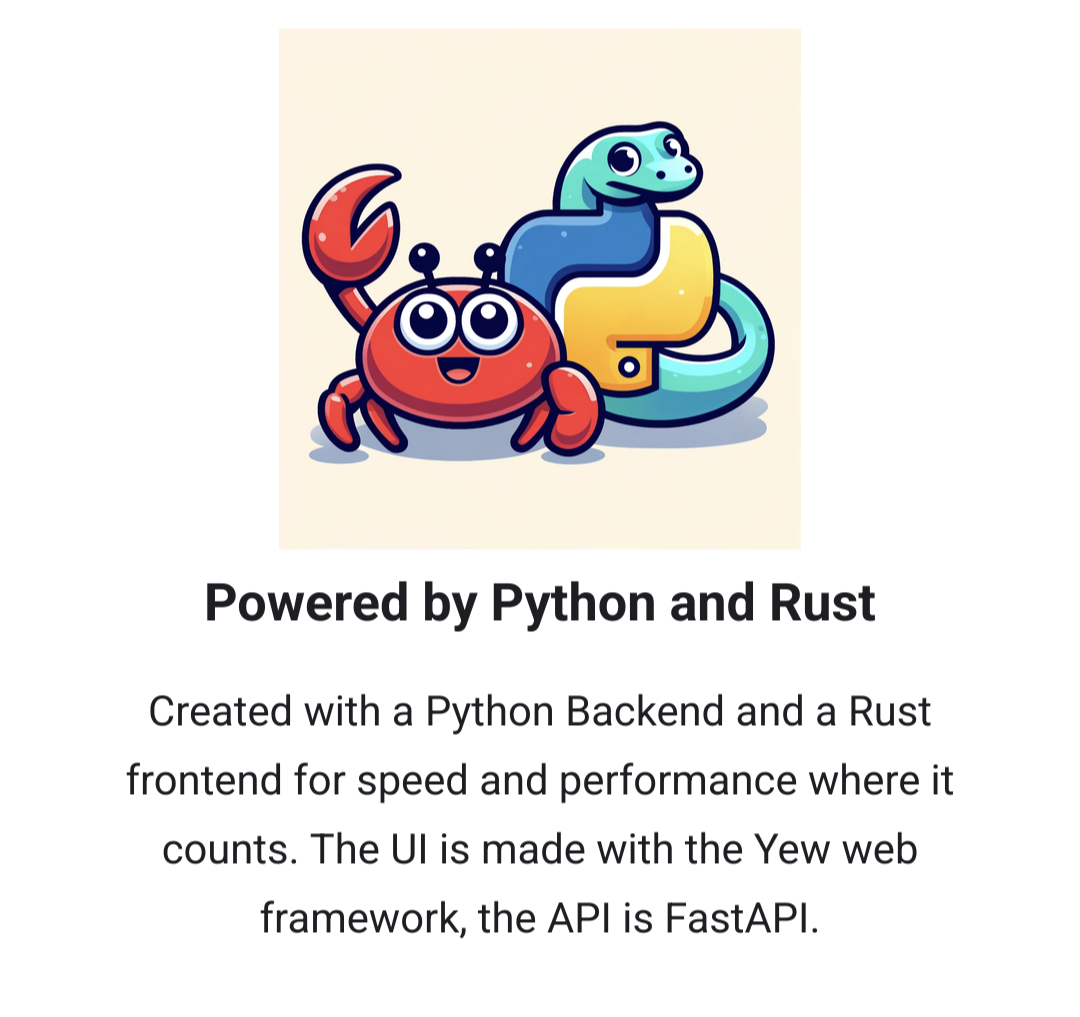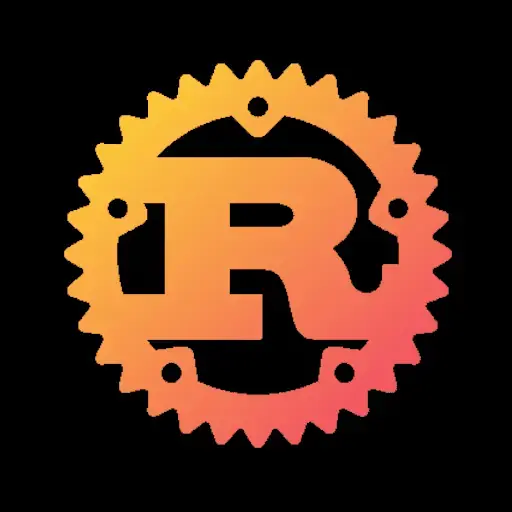- 12 Posts
- 43 Comments

 4·5 months ago
4·5 months agoThis looks exciting. I hope the transition goes well.
I would say to get automated backups running on the first few before you do them all. Thats a luxury we get “for free” with cloud services.
Note on firefly iii. I use it because I’ve been using it, but after using it for 4ish years, I dont really recommend it. The way I use it anyway, I think inserting data could be easier (I do it manually on purpose) and the graphs/visualizations I also wish were better. My experience with search functionality is also sub par. I would look at other alternatives as well, but I think its still better than not tracking finances at all. But I wonder if using a database client to insert data and python scripts or grafana to analyze the data would be better for me…YMMV
Good luck!
I replaced my tabbyml code assistant this week with ollama+continue.dev. But I’m having issues with speed. I think this is because I switched from code qwen 2.5B (ish) to Deepeek Coder 9B (ish) and I think I’m pushing the limits of my GPU. Maybe I’ll spend today sorting out which models I want to use and which computers I want to use them on so I dont run into this issue (I’ve got ollama on 2 computers with 3 GPUs shared between them, for a total of 24GB VRAM)
Floccus just syncs, so whatever hasnt been synced would just wait in your bookmarks until the server was available.
I’m due to make something with ratatui. I’ve heard wonderful things about it. Cool project OP
I use borgbackup to create backups. I point backups to another home computer and borgbase.com. Borg itself is an amazing tool. I think you should learn how it works even if it doesnt end up being the best fit for you.

 5·6 months ago
5·6 months agoStart ny NOT jumping into nixos. Start using home manager on whatever distro you currently use. Then slowly move whatever programs or dots you currently have over to it, uninstall the aur/apt packages as you define them in nix. At first you’ll have a clear goal: emulate your user environment. Once you’ve got your user environment defined, the jump to nixos would be easy (if you even want to) because you can use your home-manager config as the starting point. And depending on how you use your computer, home-manager may end up being most of what you care about.

 4·6 months ago
4·6 months agoWelcome to the NixOS club! Veloren fan here too!

 2·6 months ago
2·6 months agoI’ve got a subset of my files encrypted and backed up using borg. It gets backed up to another computer in my home and then cloud storage via borgbase.com.
The intent is to capture the parsing errors within a function, so the response could be capture in a single if let or match or is_okay condition.
If you use functions that return result (like your main, but with a different error) you could remove some of the if let blocks with
let num = part2.to_string().parse::()?;. That might obfuscate some of the conditionals so the statements are one after another.Cool project, let us know about the next iteration.

 6·7 months ago
6·7 months agoAnd how do you like yew? Long ago I used seed.rs, which was more like ELM than react. But I think that project has since gone unmaintained. I also tried yew when I think they were in the middle of a huge API transition. Do you think its easier to write in yew than it would be in react/vue/svelte?

 12·7 months ago
12·7 months agoCursed tech stack and image. Project looks cool. Can you elaborate more on why you used rust for front end and python for backend? I would assume rust would have been more applicable for back end work. Then again, Im not familiar with fastAPI.


 75·7 months ago
75·7 months agoNo I was being accusatory unfairly. I’ve updated my post.

 9·7 months ago
9·7 months agoFlakes are just a mechanism of pinning dependencies to fixed versions. When you run a flake it doesnt matter if you’re on 24.05, 24.11, or unstable, it’ll produce the exact same output.

 1·7 months ago
1·7 months agoThats a great solution…Im not interested in learning a new slicer right now!

 1·7 months ago
1·7 months agoFirst off, understanding the different data structure from a high level is mandatory. I would understand the difference between a dataframe, series, and index are. Further, learn how numpy’s ndarrays play a role.
From there, unfortunately, I had to learn by doing…or rather struggling. It was one question at a time to stack overflow, like “how to filter on a column in pandas”. Maybe in the modern era of LLMs, this part might be easier. And eventually, I learned some patterns and internalized the data structures.

 1·7 months ago
1·7 months agoYou are correct. For some data sources like parquet it includes some metadata that helps with this, but it’s not as robust at databases I dont think. And of course, cvs have no metadata (I guess a header row.)
The actually specification for how to efficiently store tabular data in memory that also permits quick execution of filtering, pivoting, i.e. all the transformations you need…is called apache arrow. It is the backend of polars and is also a non-default backend of pandas. The complexity of the format I’m unfamiliar with.

 1·8 months ago
1·8 months agoI learned SQL before pandas. It’s still tabular data, but the mechanisms to mutate/modify/filter the data are different methodologies. It took a long time to get comfy with pandas. It wasnt until I understood that the way you interact with a database table and a dataframe are very different, that I started to finally get a grasp on pandas.

 11·8 months ago
11·8 months agoIf it works, don’t fix it!



Codeberg keeps calling the group the far right. Is there any political motivation or something else here? To me, it just looks like troll behavior. Is there more details about the attacks that I missed?